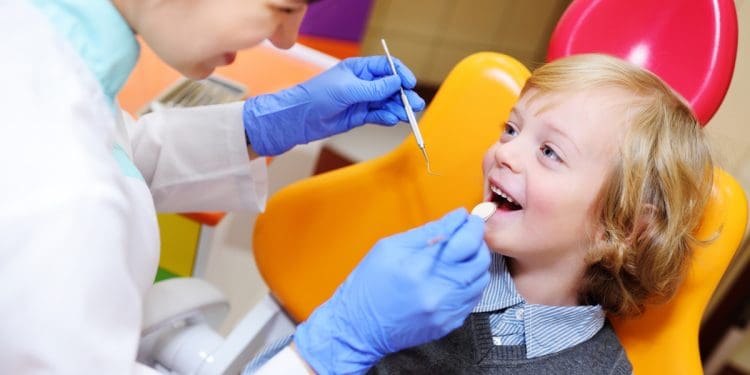Introduction
Dental health is neglected at a young age considering their eventual replacement by strong adult teeth. This notion gets addressed seriously over the concern of proper development of the oral cavity, ingestion of food and fruits. The tooth is exposed to bacteria that causes decay and infection seeping towards the tooth pulp. In minors, the stainless steel crown (SSC) provides the best protection when the tooth enamel cannot protect the insides of the tooth which is really delicate.
The pediatric stainless steel crowns are inexpensive compared to the porcelain and zirconia crowns. They become the temporary protectors of the tiny toddler tooth preventing the spread and gravity of pain caused by infection, eating away the tissues and fluid in and around the tooth. The dentists trained in paediatric dental care prefer the stainless steel crowns for children's teeth only after assessing the tooth's condition. Not all baby teeth decays demand for the seating of a dental crown. But, the baby teeth are usually weak and vulnerable even to the slightest of decay. This usually occurs with the premolars and molars (called anterior tooth) in children.
Tooth removal is recommended for extreme conditions, whereas the pulp therapy is preferred to remove only the infected portion of the tooth pulp. The tooth structure or enamel here, is not much compromised. So the pulp therapy saves the baby tooth from further degradation when the decay is identified or detected in the initial stages, having two possibilities:
- Pulpotomy involves the removal of the top layer of tooth pulp which is the infected portion. For additional strength to the treated tooth structure, the crown is seated. This can be accomplished in a single to two dental appointments.
- Pulpectomy involves removal of the entire tooth pulp and cleansing of the root canals for introducing a biocompatible material. The crown is seated after the entire process for tooth structure integrity. This might take two or more visits to the dentist.
After the pulp therapy, the tooth structure is weak, and the stainless steel crown of the pediatric build can take over from there. Both situations preferably get the SSC which lasts from 5-10 years. The molars and premolars in the child's mouth are carefully studied by the pediatric dentist for suitable stainless steel crown teeth. These remain in the back portion of the mouth, concealing the metallic sheen. Soon after, the upcoming years witness proper and orderly tooth growth. The crown comes off on its own like any other milk tooth as the adult tooth is ready to emerge from the gums. If you are suffering from such forms, visit ArabiaMD to find the right doctor for your treatment.
Conclusion
The stainless steel pediatric crowns are lightweight than other tooth coloured crowns which are often brittle on chewing. These are comfortable to scaffold the tooth structure and promote healing after prominent dental procedures involving the affected tooth pulp. The stainless steel made crowns for individual tooth sets are available for every age group as they outlast the tooth coloured dental composites. They may not be aesthetically pleasing, but are certainly efficient in purpose and durable.
























